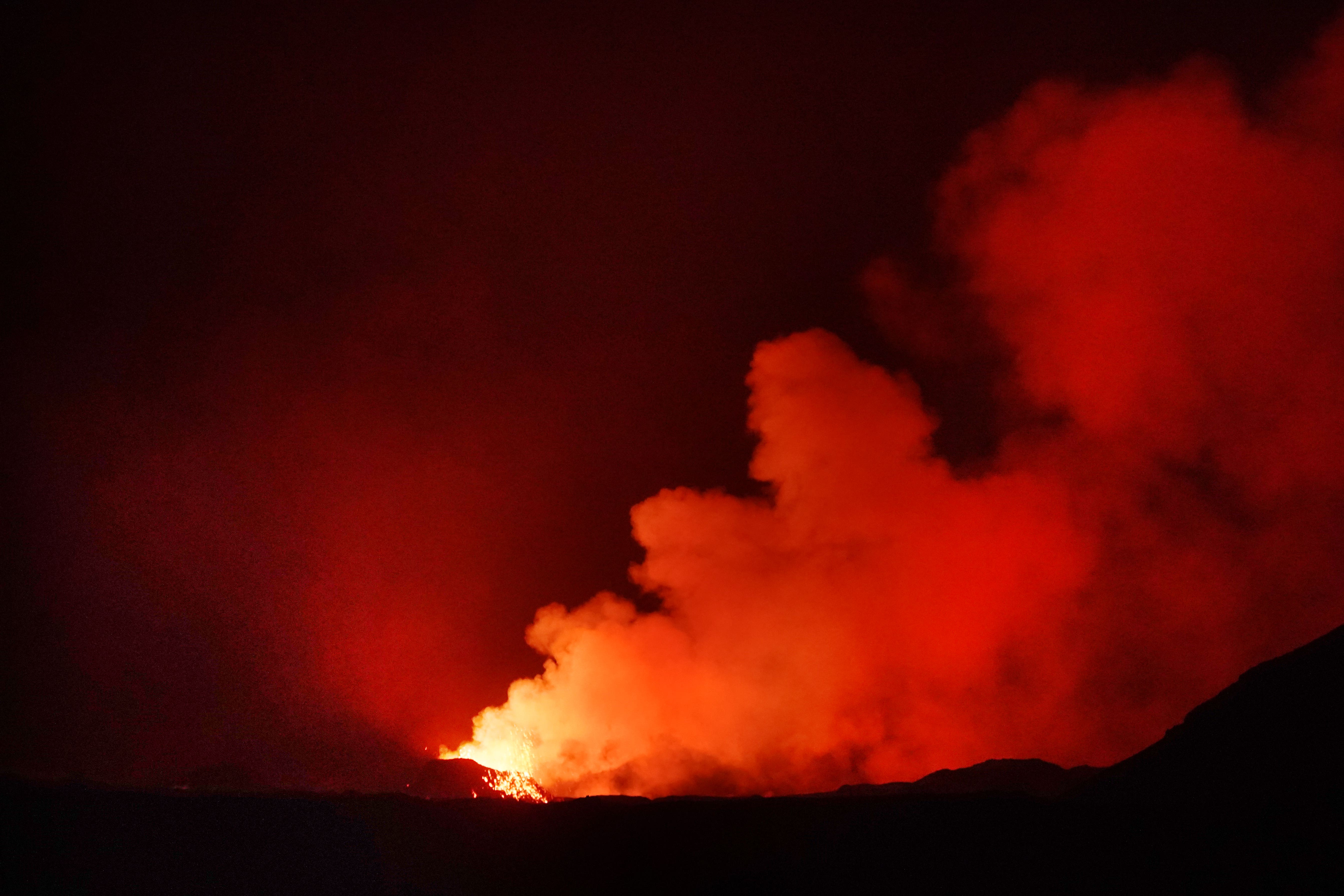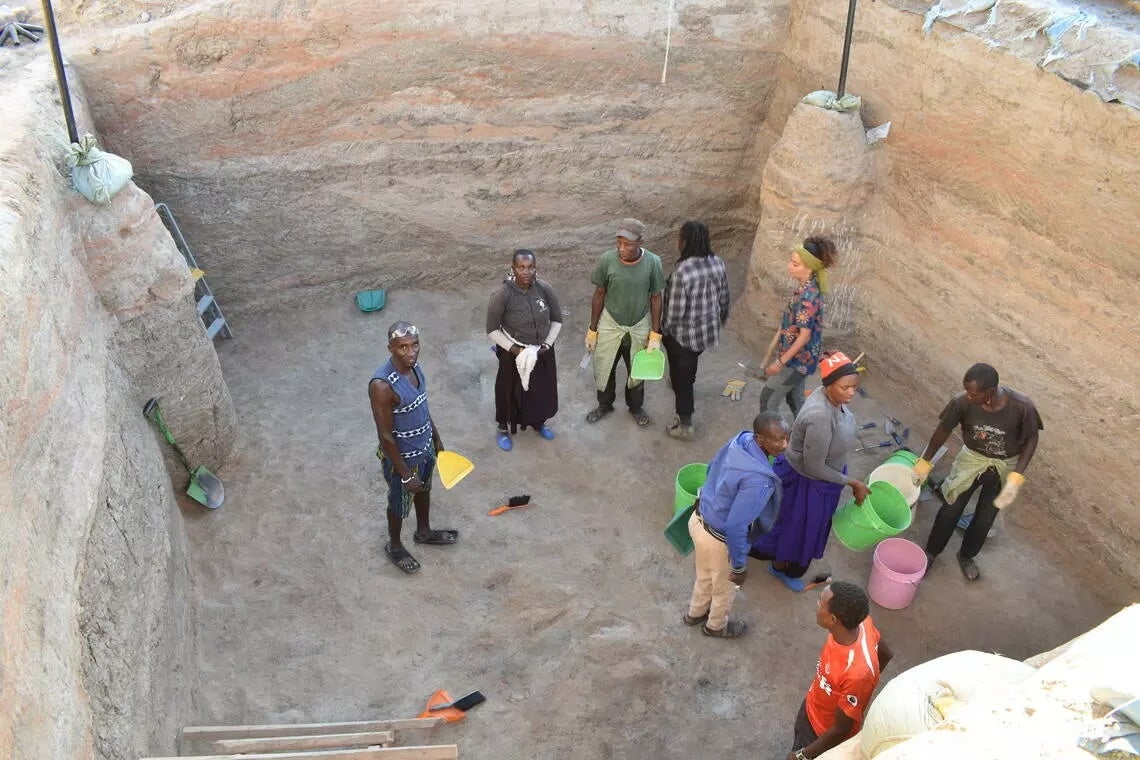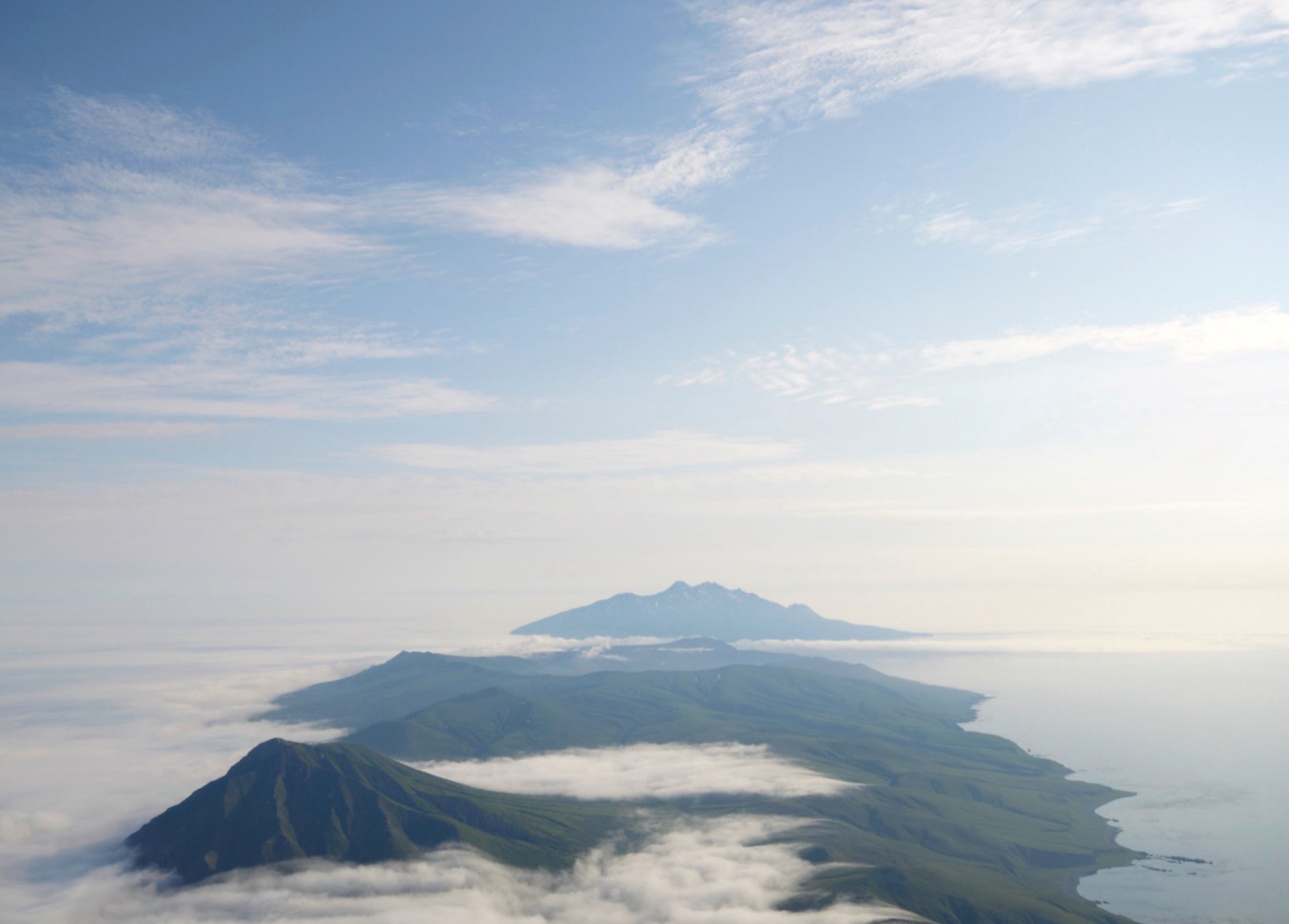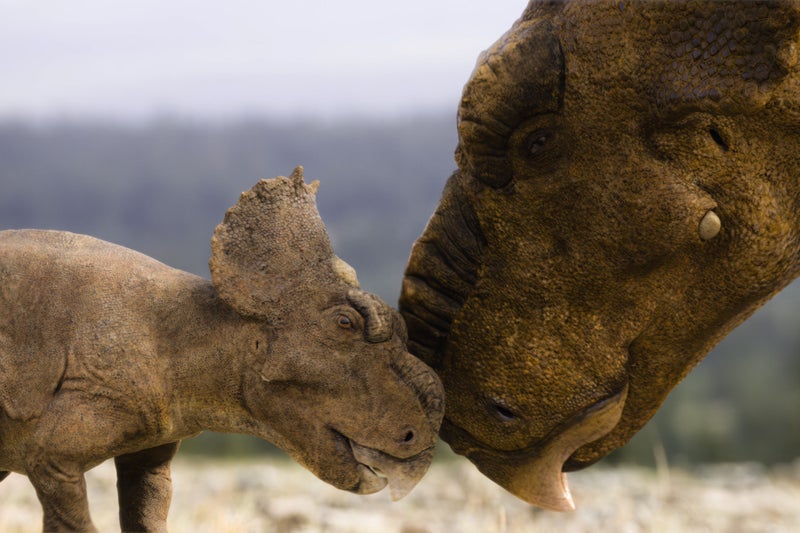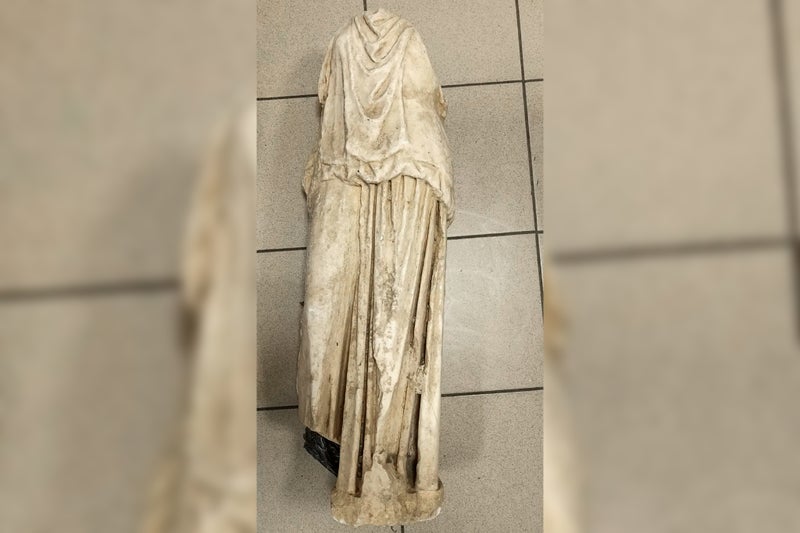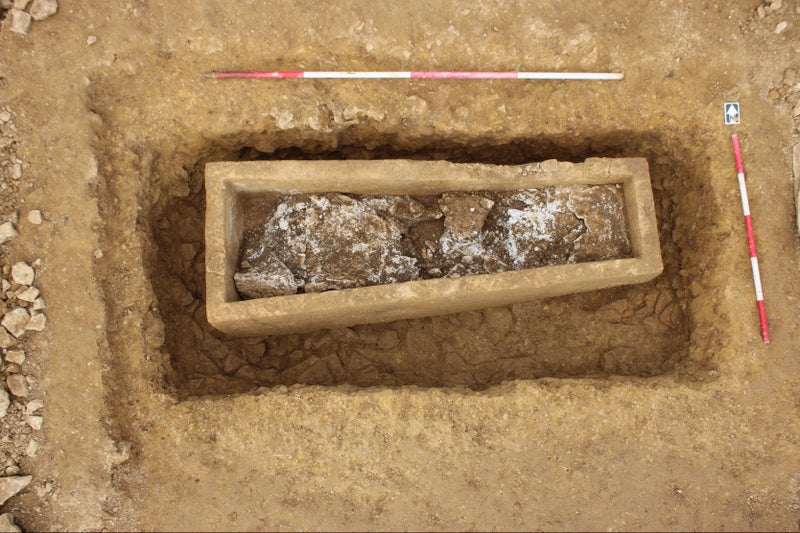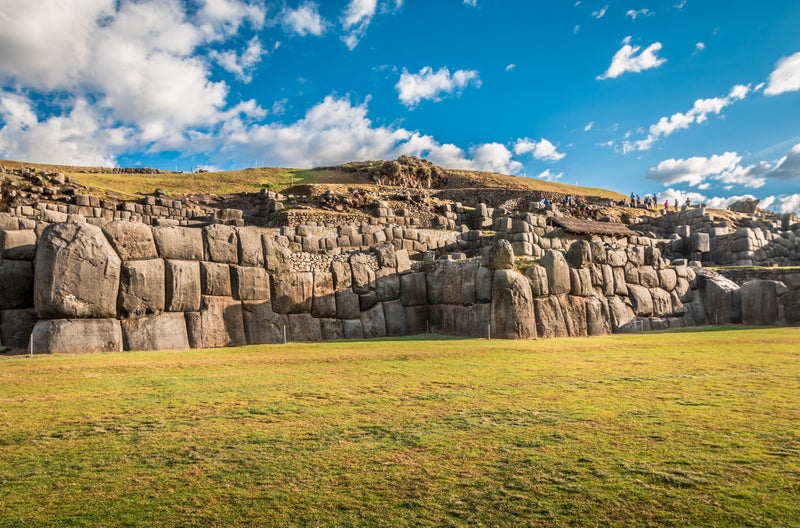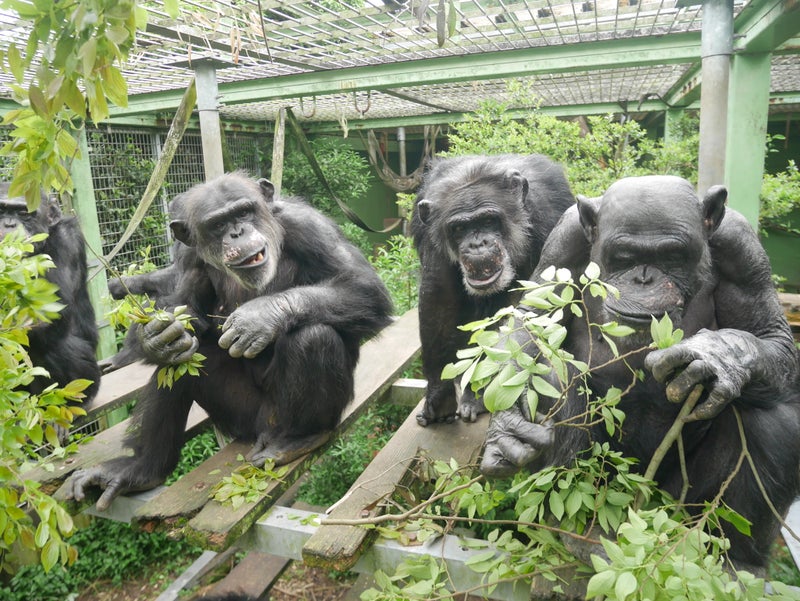Scientists probe secrets of Earth’s climate past
Share:
Researchers have shed new light on the role played by carbon dioxide in the warming and cooling of planet Earth. A team from the University of St Andrews used fossils to work out how much CO2 changed during the Carboniferous and Permian periods between 335 to 265 million years ago, a time known as the Late Palaeozoic Ice Age.
The group found the Late Palaeozoic Ice Age had prolonged low CO2 levels until atmospheric levels rose abruptly 294 million years ago due to large-scale volcanic eruptions, warming the planet and melting the ice. CO2 emissions in the past caused major global warming and sea level rise, and if left unchecked, will do so again in future.
The team said their research shows how CO2 plays a pivotal role in regulating climate and environmental conditions on Earth. Dr Hana Jurikova, the lead researcher from St Andrews, said: “The end of the Late Palaeozoic Ice Age was a turning point in the evolution of life and the environment, leading to the rise of reptiles. Now we know it was paced by carbon dioxide.”.
The researchers used the chemical fingerprints stored in fossil brachiopod shells, ancient clam-like organisms which are among the oldest existing animals and still inhabit oceans today. Such shells are preserved across all time periods of the fossil record, and provide clues to how Earth’s climate and environment has evolved.
